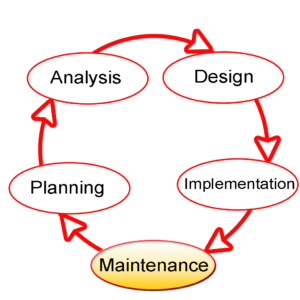What are two 2 main types methodologies of software testing?
types methodologies of software testing
Software testing has many types. The most popular are functional, unit, and regression. Functionality testing involves testing a particular feature before it is released to the general public. Regression testing, on the other hand, is a general way to make sure a software component works as expected after it has been modified by adding new functionality. This type of testing can prove to be extremely valuable, as it ensures that the software’s functionality does not break when new functionalities are added.
The main goal of software testing is to determine if the software meets or exceeds expected requirements. It is impossible to test all inputs and preconditions, or detect every failure in software. However, software testing methodology is vital to the development process, as it gives developers a direction in ensuring that the final product works as intended. In 2016, the Google Nest Smart Thermostat suffered a colossal failure involving its software. The software update caused the application to glitch, leaving many consumers in the cold. After a massive user outcry, Google quickly responded by releasing a new version of the smart thermostat.

Static testing is a more cost-effective way to identify bugs in software, and it is used during early development cycles. Static testing is a relatively simple method of finding bugs, as the software is not yet fully functional. Static testing is also a great way to debug software that is nearing completion. Manual examinations of software are performed by a QA analyst or tester, while automatic analysis focuses on the program document. Both types of software testing are effective for determining whether a product fulfills its functional and design requirements.
What are two 2 main types methodologies of software testing?
Functional testing is the most common type of software testing. This type of testing uses a detailed specification of the software to verify that it functions as expected. The results of functional testing can include issues that haven’t been found in other types of testing. Functional testing is also often a better choice for teams that dislike planning. The process also allows for more collaboration and theory crafting. If done well, exploratory testing can uncover some interesting bugs that you might not have noticed otherwise.
Performance testing is another common type of software testing. It aims to determine how a software works under a simulated load. It is longer than load testing and helps find memory leaks. Meanwhile, spike testing is aimed at determining how a software system responds to large bursts of activity. In addition to functional testing, stability testing focuses on software’s ability to function for a long period of time.
Top-down approaches use a top-down approach where higher-level functions are developed by replacing lower-level functions with stubs. These stubs are then used to develop the higher level functions. Then these higher-level functions are tested against the lower-level integrations. Hybrid approaches combine both of these approaches, but aren’t the same. There is no right or wrong way to test a software system, as there is no one right way to test everything.